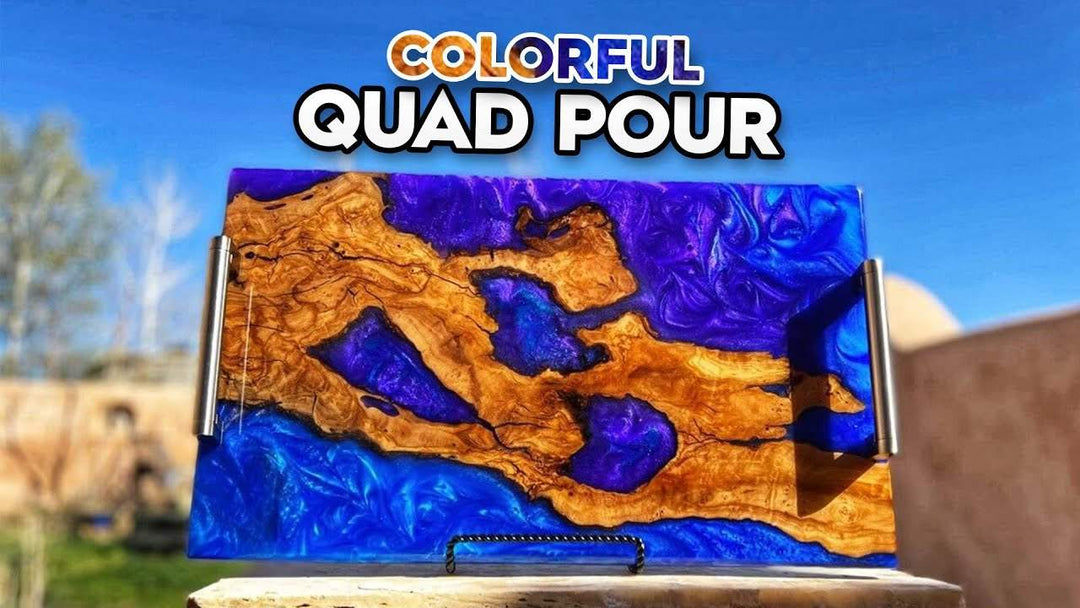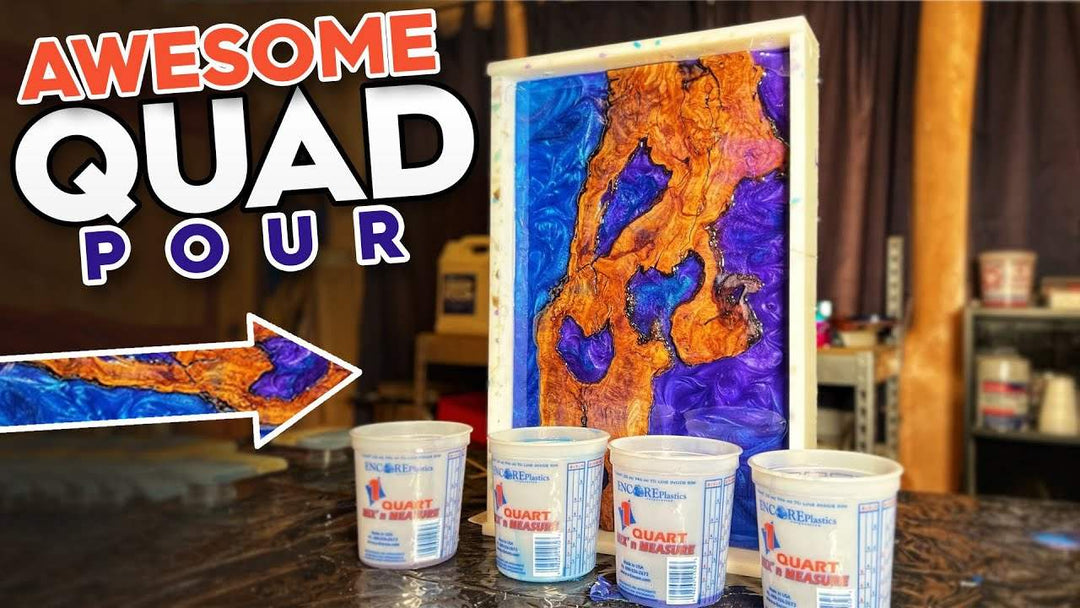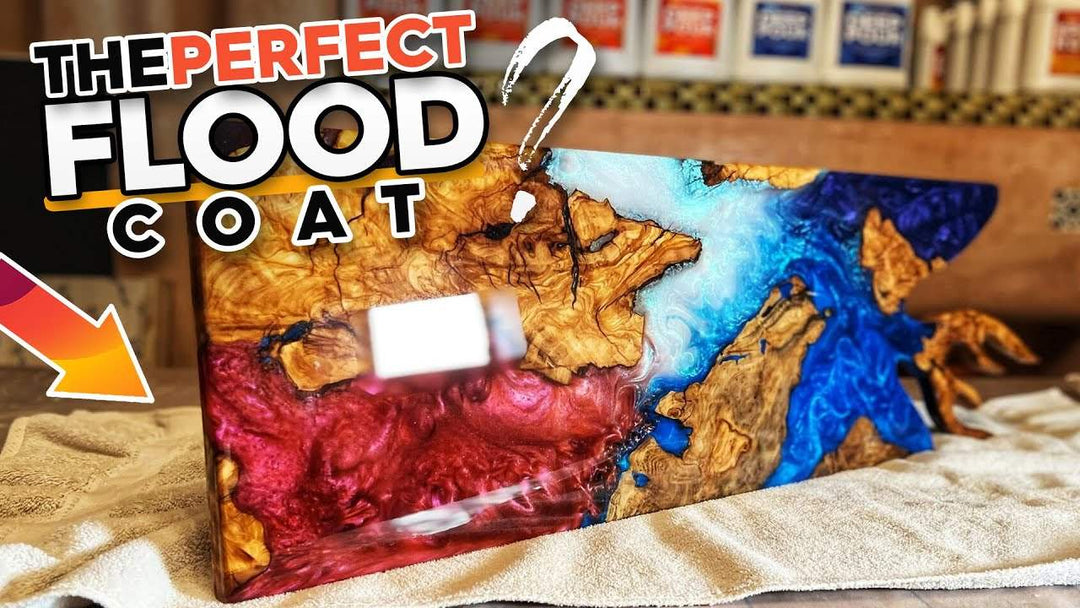Want A Flawless Epoxy Resin Finish? l Epoxy Resin Seal Coat Tutorial
In today’s tutorial, Steve with Upstart Epoxy explains the importance of an epoxy seal coat when working with wood and epoxy, prior to conducting a flood coat.
Skill Level: Beginner/Intermediate/Expert
Estimated Working Time: N/A
What You’ll Need:
- Upstart Epoxy Table Top Resin
- Wood Epoxy Piece
- Heat Gun
- Tyvek Tape
- Mixing Cups
- Mixing Sticks
The Importance of an Epoxy Seal Coat
Have you tried a seal coat yet? If you’re noticing that bubbles constantly arise when you do flood coats, that’s because the piece was not properly sealed. Applying more epoxy can become frustrating and costly, but an epoxy seal coat can save your work!
When working with natural wood, it’s not unlikely to run across air pockets from the wood’s grub holes, knots, or natural formation. These areas are susceptible to being filled with air, so it’s your best bet to conduct an epoxy seal coat to avoid deviations in the flood coat.
Epoxy seal coats are important because they remove air pockets and bubbles, and prepare your project for other types of coats. For example, if you get a good seal coat down, you’ll get a flawless, debris-free surface for a flood coat because the seal coat will not allow any air to leak out. When this process is done right, there’s less bubbles to worry about using your heat gun on later.

How to Apply an Epoxy Seal Coat
Let’s get started! Make sure the underside of your project is taped (more about why later), then take some table top epoxy and pour it on. Let it sit for a little while, then hit it with a heat gun if there's any areas that are producing bubbles.
The bubbles might come back after you’re finished, but repeat this step. Once that cures, the air pockets will harden and produce a barrier, sealing it. That barrier will allow the flood coat to lay flat, not producing any more air. That's what you want!
Sometimes, you might have to do multiple epoxy seal coats, depending on how stubborn the air pockets are. From our experience, softer wood blends such as cottonwood or pine don’t require multiple coats, but you might have a different experience with harder woods like walnut or Russian olive. Make sure you pay attention to different wood variations!
Other times, some cracks may never fill up and get covered, or you can even get a wormhole in your wood! If that happens, the epoxy will just sit on top of it. This is why it’s best to tape the underside of your project.
Before getting started, inspect your wood for any voids or cracks. If you have a large, glaring crack- especially one that goes all the way through the wood- it’s important to tape it up. Taping this crack will create a small dam that you can fill with epoxy. As mentioned before, it may fill completely, but taping it will stop leaks.
That’s all! Epoxy seal coats may take a little extra time and require more epoxy, but it’s well worth it in order to prep your project and give it the best finish. Take the time to conduct a seal coat, because you’re going to have a beautiful, flawless finish every time!





